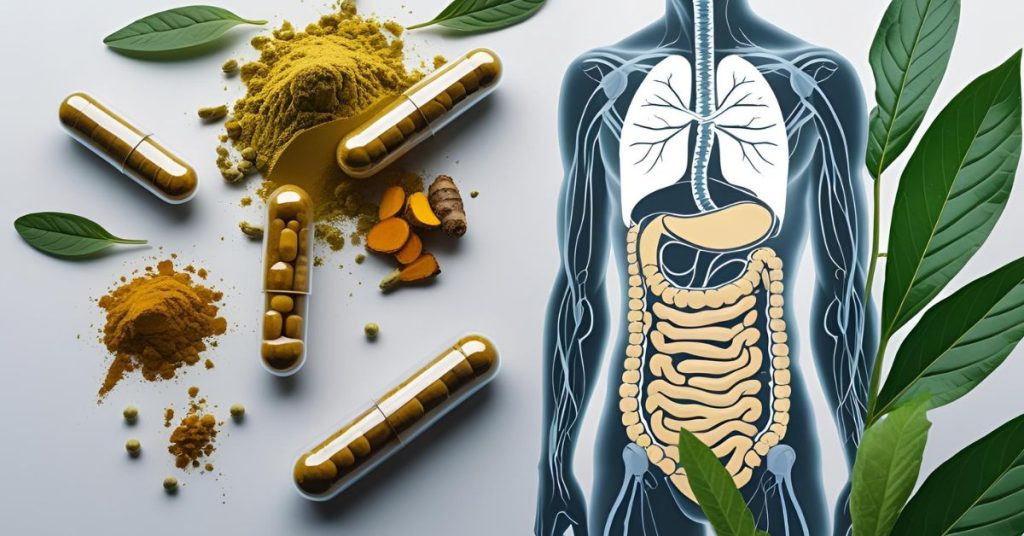Bioavailability in Botanicals: Why Your Supplements Might Not Work
By Green Forest Innovation Labs

Introduction
In today’s rapidly expanding nutraceutical market, consumers are bombarded with herbal supplements promising everything from enhanced immunity to reduced stress and better skin. Yet despite high-quality ingredients and elegant packaging, many botanical supplements fail to deliver real results. The culprit? Poor bioavailability.
At Green Forest Innovation Labs, we specialize in translating traditional botanical wisdom into high-performance, science-backed nutraceuticals. And if there’s one scientific principle every supplement formulator must master, it’s this: efficacy begins where bioavailability begins.
What Is Bioavailability—And Why Does It Matter?
Bioavailability refers to the extent and rate at which an active compound enters systemic circulation and becomes available to exert its biological effect.
In simpler terms, it answers the question: “How much of the ingredient you swallowed actually gets absorbed and does its job?”
An herbal extract may show potent activity in a lab petri dish, but if it can’t survive digestion, cross the gut wall, and reach target tissues, it remains ineffective in the human body.
Why Botanicals Are Especially Challenging
Herbal actives present a unique bioavailability challenge due to factors like:
Poor solubility in water or fat
Large molecular size, limiting absorption
Instability in the acidic gastric environment
Rapid metabolism and clearance
Low permeability through the intestinal wall
Let’s take a closer look at some commonly used botanical compounds:
Herbal Compound Common Issue Bioavailability Enhancement Needed
Curcumin (Turmeric) Poor water solubility Lipid carriers, nanoparticles, piperine
Withanolides (Ashwagandha) Low systemic absorption Standardization, phospholipid complexes
Saponins (Shatavari) Degradation in digestion Enteric coating, synergistic herbs
Flavonoids (Tulsi, Amla) Rapid metabolism Time-release formulations, co-actives
Case Example: Ashwagandha and Withanolide Absorption
Ashwagandha (Withania somnifera) is one of Ayurveda’s most revered adaptogens. Its active constituents—withanolides—are responsible for anti-stress, neuroprotective, and performance-enhancing benefits.
Yet studies show that crude extracts often have less than 2% bioavailability due to poor solubility and degradation in the GI tract.
At Green Forest Innovation Labs, we work with standardized, high-bioavailability Ashwagandha extracts like KSM-66®, and integrate it with emulsion-based delivery, liposomal coatings, or microgranulation—based on the final format (capsule, gummy, shot, sachet, etc.).
5 Proven Strategies to Enhance Botanical Bioavailability
- Nanoemulsions & Lipid Carriers
Botanical oils or fat-soluble actives (like curcumin) benefit from nano-sized emulsions that mimic body’s fat absorption pathways.
Used in: Softgel capsules, oral sprays, functional beverages
- Phospholipid Complexes (Phytosomes™)
Combining actives with phosphatidylcholine enhances absorption by facilitating membrane permeability.
Ideal for: Flavonoids, polyphenols (e.g., green tea, grape seed)
- Piperine and Bio-enhancers
Piperine (from black pepper) enhances absorption of several actives by inhibiting liver enzymes responsible for rapid metabolism.
Frequently paired with: Turmeric, resveratrol, CoQ10
- Encapsulation Technologies
Techniques like enteric-coated tablets, multi-layered beads, or microencapsulation protect actives from gastric degradation and allow targeted delivery in the intestine.
Used in: Gut health supplements, enzyme blends
- Synergistic Herbal Formulation (Yukti)
Rooted in Ayurvedic logic, this involves combining herbs that support each other’s absorption. For example, combining Trikatu (a blend of ginger, black pepper, long pepper) with heavier herbs improves agni (digestive fire) and bioavailability.
Used in: Classical Ayurvedic and modern polyherbal capsules
Beyond Bioavailability: Delivery Format Matters
Even with optimized bioavailability, the format of your supplement plays a crucial role in user compliance, stability, and target delivery.
At Green Forest Innovation Labs, we guide nutraceutical partners in choosing the right formats:
Format Best For
Capsules & Tablets Standardized extracts with moderate dosage
Gummies & Lozenges Taste-masked actives, pediatric or geriatric use
Effervescent Tablets Fast absorption, improved palatability
Oral Sprays & Drops Rapid action, lipophilic actives
Functional Shots Combination therapies, pre-workout or adaptogens
Granules/Sachets Multi-nutrient delivery, portability
The Green Forest Approach: From Plant to Performance™
Our scientific model focuses on complete vertical development—right from identifying the most potent botanical actives to designing bioavailable, scalable, and regulatory-compliant supplement formats. We integrate:
Phytochemical profiling of raw herbs
Standardized extraction and testing protocols
Selection of bio-enhancers and delivery systems
Stability and release testing in real-time environments
Formulation scale-up with GMP-ready tech transfer
Final Thoughts
A supplement is only as good as its absorption potential. In a market flooded with underperforming products, bioavailability is the differentiator that separates clinically effective botanicals from expensive placebos.
At Green Forest Innovation Labs, we engineer every nutraceutical not just to exist, but to work—because we believe wellness should be measurable, meaningful, and modern.
Interested in building your next-generation herbal supplement line? Let our innovation team help you develop products that work—from the inside out.
